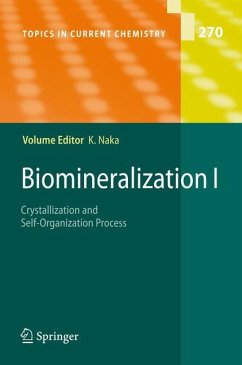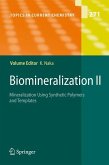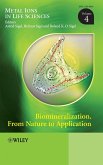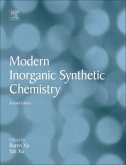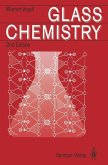In nature, biological organisms produce mineralized tissues such as bone, teeth, diatoms, and shells. Biomineralization is the sophisticated process of production of these inorganic minerals by living organisms. Construction of organic inorganic hybrid materials with controlled mineralization analogous to those produced by nature has recently received much attention because it can aid in understanding the mechanisms of the biomineralization process and development of biomimetic materials processing. The biomineralization ? processes use aqueous solutions at temperatures below 100 C and no toxic intermediates are produced in these systems. From a serious global en- ronmental problem point of view, the development of processes inspired by biomineralization would offer valuable insights into material science and en- neering to reduce energy consumption and environmental impact. One of the most challenging scienti?c problems is to gain greater insight into the mol- ular interactions occurring at the interface between the inorganic mineral and the macromolecular organic matrix. Model systems are often regarded as a straight-forward experimental approach toward biomimetic crystallization. Hierarchical architectures consisting of small building blocks of inorganic cr- tals are often found in biominerals. Studies of nanocrystal self-organization in solution systems would also be helpful for understanding biomineralization. In these volumes, we focus on construction of organic inorganic hybrid - terials with controlled mineralization inspired by natural biomineralization. In the?rst volume, thereader will ?nd contributionsproviding abasic scopeof the mineralization process in aqueous solution.
From the reviews:
"The five chapters of Biomineralization, volume 1, provide a bridge between the mineralogy and the organic substrates that enable the mineral formation by organisms in nature and under laboratory conditions. ... The book is a most useful reference for all concerned with biomineralization and biogenic minerals, and it also belongs on the shelves of earth science libraries." (Abraham Lerman, The Journal of Geology, March, 2008)
"The five chapters of Biomineralization, volume 1, provide a bridge between the mineralogy and the organic substrates that enable the mineral formation by organisms in nature and under laboratory conditions. ... The book is a most useful reference for all concerned with biomineralization and biogenic minerals, and it also belongs on the shelves of earth science libraries." (Abraham Lerman, The Journal of Geology, March, 2008)

